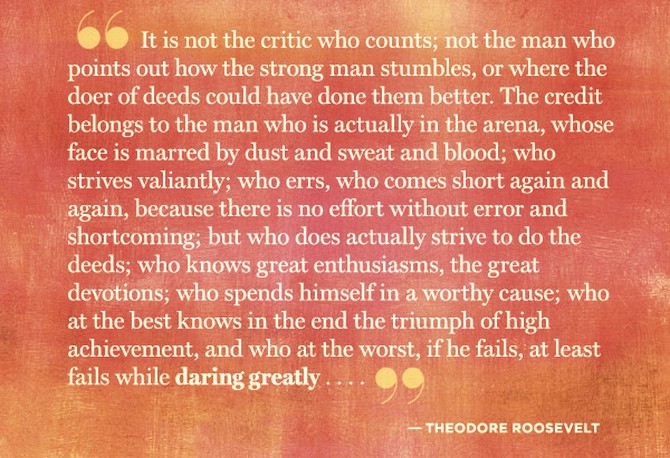I recently created a chore chart for my two-year-old. I knew I should set one up for her around the time that she became more and more interested in housework and started seeing the benefit of helping. When coming up with the exact chore chart I wanted in my mind, I went through a lot of ideas before eventually lining out exactly what I wanted. Here were my stipulations.
It needed to be fairly independent for her, with very little help from me. Both the jobs I was asking her to do and utilizing the chart itself.
It needed to be visual with pictures for her but also labeled with words. You can read more about the labels and the reason why here.
It needed purpose, she needed to be doing real chores to help around the house, not just busywork.
It needed to include her day-to-day tasks like getting dressed so that she could easily feel accomplishment from the get go, and see a better sense of the time structure.
It needed to be age-appropriate.
And thus, our chore chart was born. I picked a central spot in our house so she could see it often and ran with my idea. I made little magnets for each chore, then separated out the day, morning routine, chores for the middle of the day, and night. I wanted her to see a better sequence of time, that’s why it was laid out this way. And then I separated it into to-do and done so she could visualize what she needs to do and what she has done.



One of my favorite parts of this chore chart was how simple and cheap it was! I made the chore pictures and labels on my computer and printed it off on card stock at home, then glued on the magnets I picked up from Walmart for about $4. Not bad! Just the card stock was working great for a time, but we also have a baby brother to account for here, so eventually, I printed out a new sheet of chores, and changed a few after our first trial run, then brought it to our public library to be laminated. The total lamination cost was 90 cents! I rubbed the backs of cards with a little sandpaper so the magnets could be glued, and voila! A $4.90 customizable chore chart!
The main goal I’ve tried to remember with her is that our lives do not need to revolve around these magnets. I try really hard to put my Type A personality aside and remember that it’s not the end of the world if she did something like getting dressed, but didn’t move the magnet. And our end wasn’t to get everything done every single day but to use it how and where we can.
It took a lot of modeling, a lot of guidance, and a lot of work. But months later we’ve gotten to the point where she is in charge of her chore chart and can be independent in carrying it out.
Have you done something similar in your homes or classrooms? I’d love for you to share with me!









